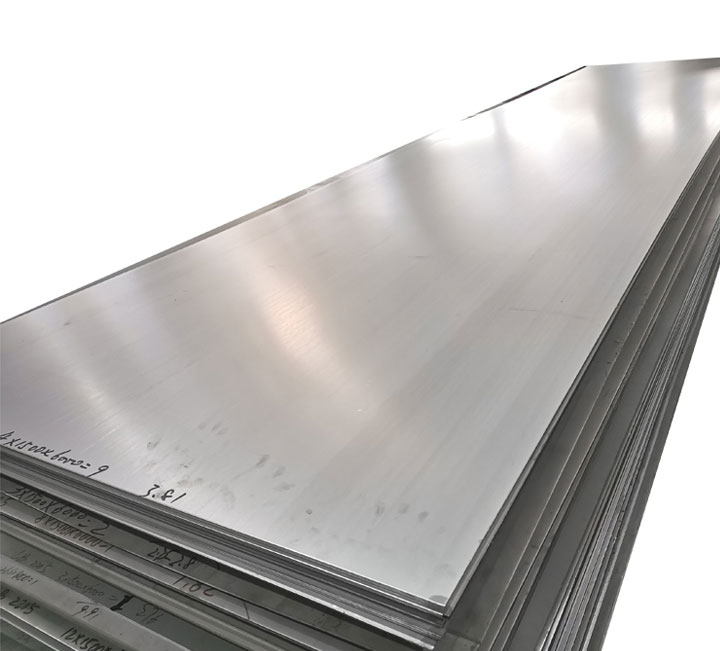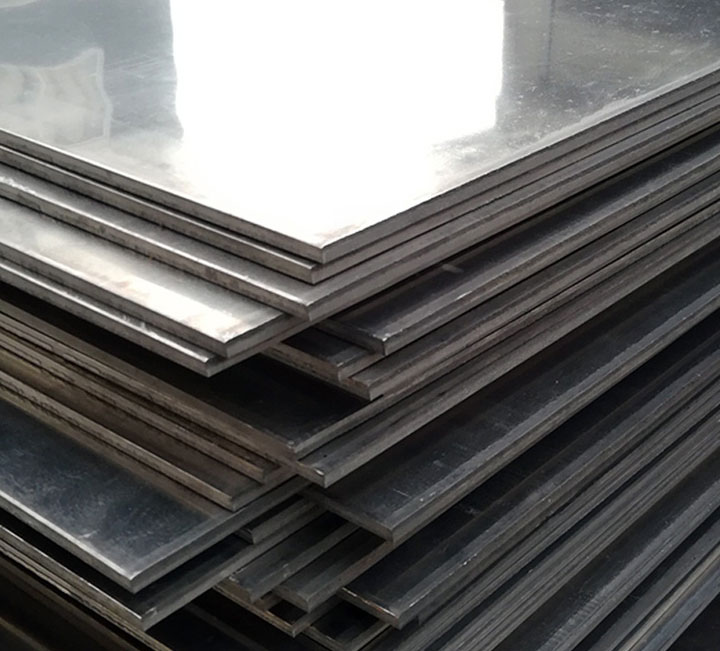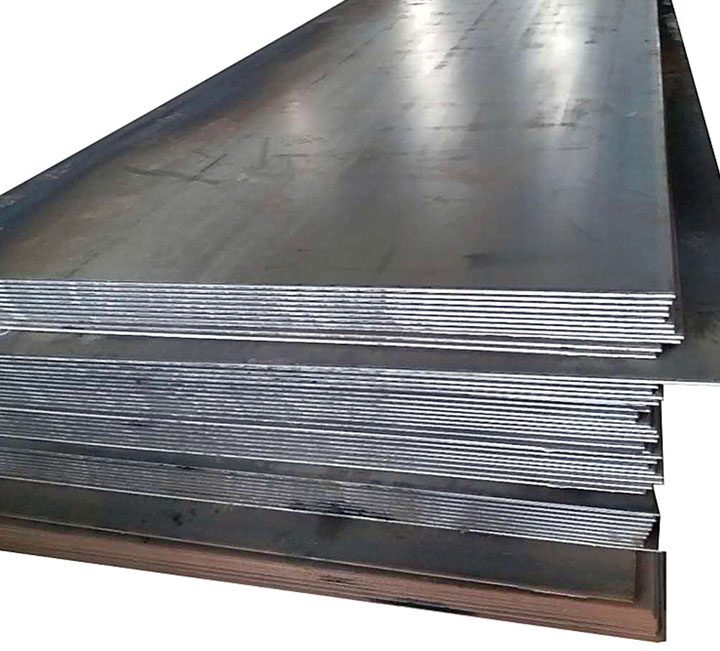-

E-mail inquiry02@wanzhisteels.com
-

phone+86 13164350935
-

AddressZhengzhou, Henan, China

E-mail inquiry02@wanzhisteels.com

phone+86 13164350935

AddressZhengzhou, Henan, China



Introduction
Low alloy and high strength steel is a kind of engineering structural steel developed by adding a small amount of Mn, Si and trace amount of Nb, V, Ti, Al and other alloying elements on the basis of carbon structural steel.Low alloy means that the total alloying element in steel does not exceed 3%.High strength is relative to carbon engineered structural steel.The development principle of low alloy and high strength steel is to obtain the highest comprehensive mechanical properties by using as few alloy elements as possible so as to meet the purpose of using and low cost.Low alloy and high strength steel can meet the engineering requirements of various structures (such as large Bridges, pressure vessels and ships, etc.) with large bearing capacity, and at the same time reduce the weight of the structure, improve the reliability and save materials and resources.
This type of steel is mainly used to make all kinds of engineering structures requiring high strength, such as Bridges, ships, vehicles, high pressure vessels, oil and gas pipelines, large steel structures, etc.Because this type of steel does not need complex treatment process, even without heat treatment can obtain higher strength, so that the quality of the engineering structure is greatly reduced, therefore, this type of steel to replace the general carbon structural steel.
The performance characteristics of
High strength low alloy steel alloying principle mainly use of alloy element in solid capacity strengthening, fine-grain strengthening and deposition strengthening to improve the strength of the steel, at the same time use fine-grain strengthening the transformation of the steel ductile brittle temperature to reduce the effect, to offset the carbonitride precipitation strengthening in steel making steel ductile brittle temperature this adverse effect, made of high strength steel and can maintain good performance at low temperature.The performance characteristics of low alloy and high strength steel are mainly shown in the following two aspects.
1.High yield limit with good plasticity and toughness
The most striking feature of low alloy and high strength steel is its high strength.Under hot rolled or normalizing conditions, the strength of low alloy and high strength steel is generally 30% ~ 50% higher than that of corresponding carbon engineering structural steel.Therefore, it can withstand a large load.Engineering structures are usually large or huge, and the weight of components often becomes an important part of the load. When the strength of structural materials is improved, the weight of components can be significantly reduced and their ability to bear other loads can be further improved.Not only that, this good effect also greatly improves the compactness of engineering components so as to further improve their reliability, and at the same time reduce the consumption of raw materials, reduce costs and save resources.
The elongation of low-alloy high-strength steel is 15% ~ 23%, and the impact absorption energy at room temperature is Ak & GT;34 J, with good plasticity and impact resistance, can avoid brittle fracture when subjected to impact;At the same time make cold bending, welding and other processes easy to carry out.In addition, the brittle conversion temperature of low-alloy high-strength steel is relatively low, in which the Ak value of grade E quality grade steel is not less than 27 J at -40℃.This is of great significance to the engineering components and transportation means such as vehicles, ships, offshore oil recovery platforms, containers, Bridges and so on used in cold regions.
2.Good welding performance and atmospheric corrosion resistance
Welding is the most common method to construct engineering structures, so steel used in engineering structures requires good welding performance.Low-alloy and high-strength steel has low carbon content, less alloy element content and good plasticity, so it is not easy to produce quenching structure and crack in the weld zone. Moreover, Ti, Nb and V added can also restrain the grain growth in the weld zone. Therefore, most of such steel has good welding performance and generally will not undergo heat treatment after welding.
Engineering structures are mostly in service in atmospheric or Marine environment. Low alloy and high strength steels add a small amount of Cu, Ni, Cr, P and other elements, effectively improving the ability of engineering structures to resist atmospheric, seawater, and soil corrosion.The corrosion resistance of steel can be improved obviously by adding 0.2% ~ 0.5% copper, 0.05% ~ 0.1% phosphorus and aluminum, among which copper and phosphorus are the best. 



